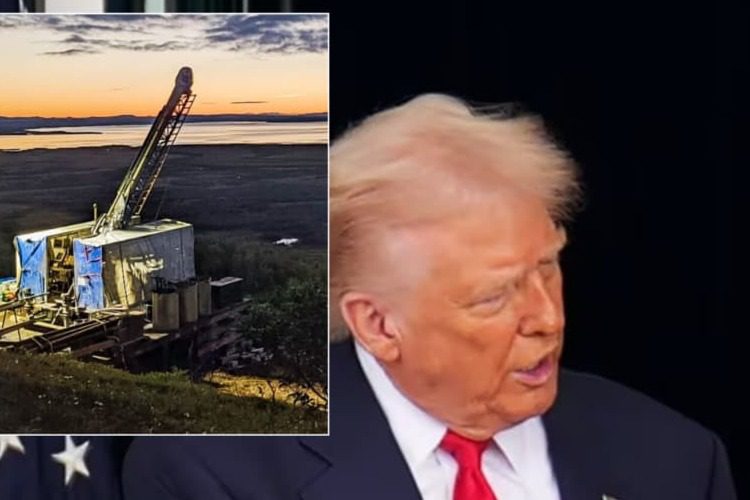Buried Gold in the Frozen North: How President Trump’s Bold Bet on Alaska’s Graphite Creek Just Unearthed a Rare Earth Bonanza
High above the Bering Sea, where the Alaskan wilderness stretches like a vast, untamed canvas under skies painted with the aurora’s fleeting fire, a discovery is unfolding that feels less like geology and more like destiny. It’s November 18, 2025, and in the shadow of jagged peaks near Nome, where the wind howls secrets from the tundra, President Donald J. Trump has thrown his full weight behind a project that’s not just mining rock—it’s mining America’s independence. Graphite Creek, the crown jewel of the Last Frontier’s mineral riches and the largest known graphite deposit on U.S. soil, has just confirmed a payload of rare earth elements that could rewrite the rules of global power. Neodymium, praseodymium, dysprosium, terbium—these aren’t just chemical curiosities; they’re the lifeblood of everything from electric vehicle batteries that promise cleaner commutes to fighter jets that keep the skies ours. And under Trump’s unyielding push, this isn’t a footnote in a lab report; it’s a thunderous declaration of self-reliance, a direct shot across the bow of China’s near-monopoly that’s left families from Detroit assembly lines to Silicon Valley clean rooms holding their breath for too long.
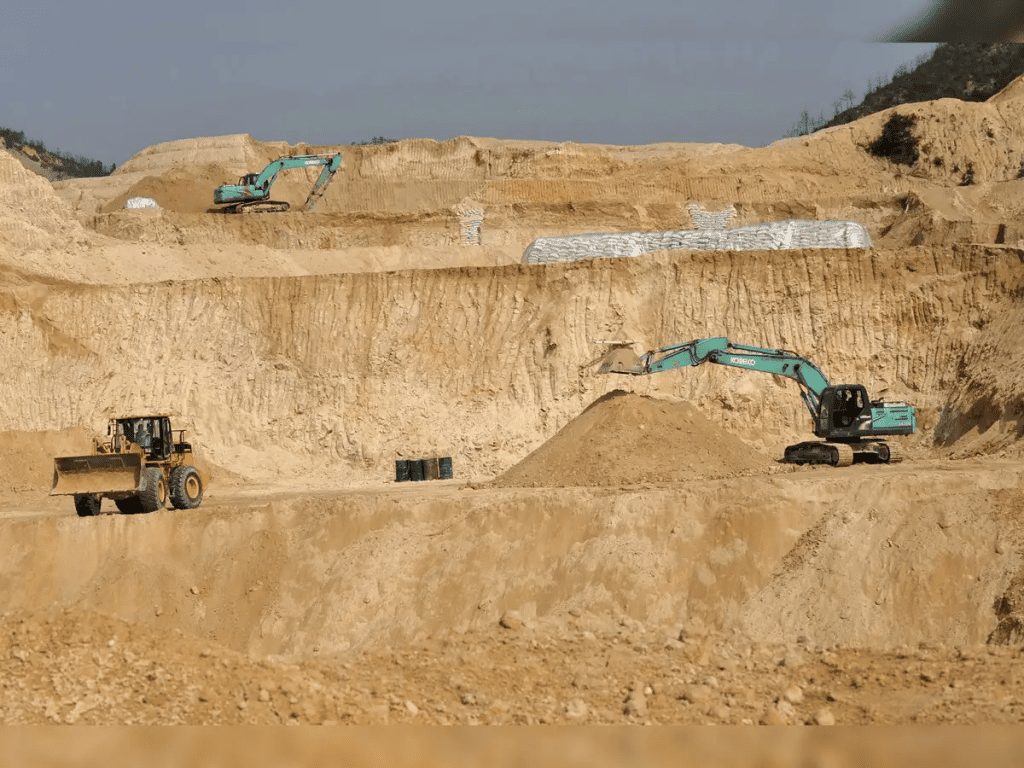
Imagine the scene: a team of geologists, bundled against the November chill, drilling into the earth at Graphite Creek, their core samples glinting with promise under floodlights that pierce the endless night. Graphite One Inc., the Vancouver-based powerhouse steering this venture, dropped the bombshell on November 13 in a press release that rippled from boardrooms in Juneau to the halls of the Pentagon. “We’ve confirmed the presence of rare earth elements,” their chief geologist announced, his voice steady with the quiet thrill of revelation. It’s not hyperbole; assays from garnet-bearing rocks—those resilient crystals that act like natural sponges, soaking up these elusive metals—reveal concentrations ripe for extraction. Dysprosium for magnets that power wind turbines, neodymium for the hum of EV motors that could one day ferry American kids to school without a whiff of foreign fuel dependency. This isn’t some distant dream; it’s tangible, tested, and turbocharged by Trump’s administration, which invoked the Defense Production Act earlier this year to funnel federal dollars into accelerating the site’s development. In a world where China controls 90% of the rare earth market—choking supplies to punish trade foes—Graphite Creek stands as a beacon, a homegrown antidote that Trump promised on the campaign trail and is now delivering with the force of a man who knows deals are won in the dirt, not the debate hall.
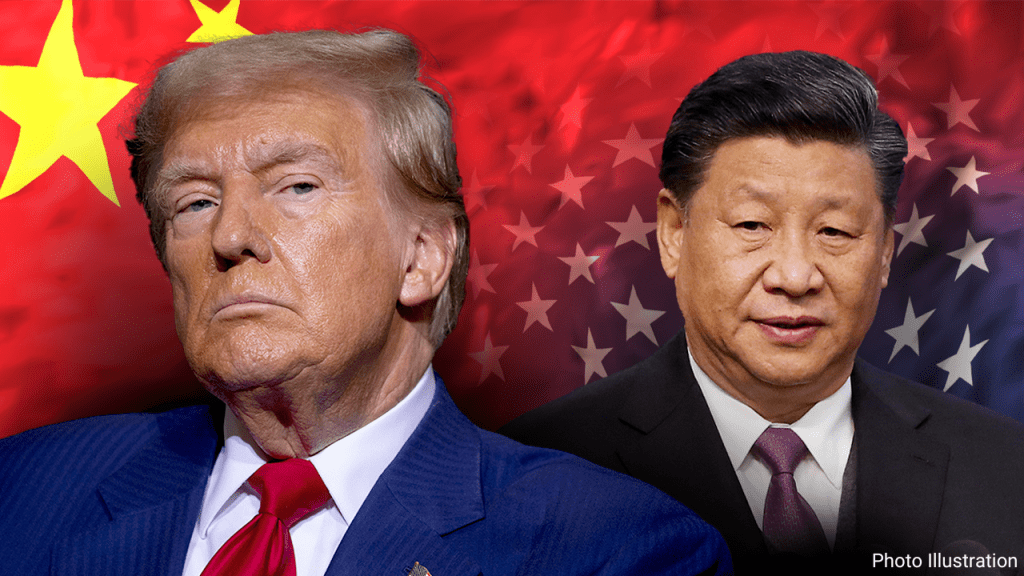
The story here goes deeper than drill bits and data sheets; it’s woven into the resilient threads of American ingenuity, the kind that built railroads across prairies and rockets to the moon. Graphite Creek isn’t new to the spotlight—discovered in the 1990s and staked by Graphite One in 2012—but it was Trump’s first term that lit the fuse. Back in 2020, amid tariffs and tough talk on Beijing’s unfair trade plays, his administration spotlighted the deposit as a strategic asset, awarding it a spot on the U.S. Geological Survey’s critical minerals list. Fast-forward to his triumphant return in 2025, and the pedal hits the metal: $37 million in Defense Production Act funding poured in by March, fast-tracking feasibility studies and environmental nods that once languished in bureaucratic limbo. “We’re bringing it home,” Trump declared during a Mar-a-Lago briefing last week, his eyes alight with that familiar fire, flanked by maps of Alaska’s bounty. It’s the fulfillment of a vow etched in his 2024 rallies—from the roaring crowds in Fairbanks to the steelworkers in Pennsylvania—who cheered his blueprint for an “America First” supply chain, free from the strings of adversarial regimes. China, with its state-backed mines in Inner Mongolia churning out 140,000 tons of rare earth oxides annually, has weaponized this dominance before—slashing exports in 2010 to hobble Japan’s tech sector. Trump’s move? A counterpunch that safeguards not just our gadgets, but our grandchildren’s shot at a secure tomorrow.
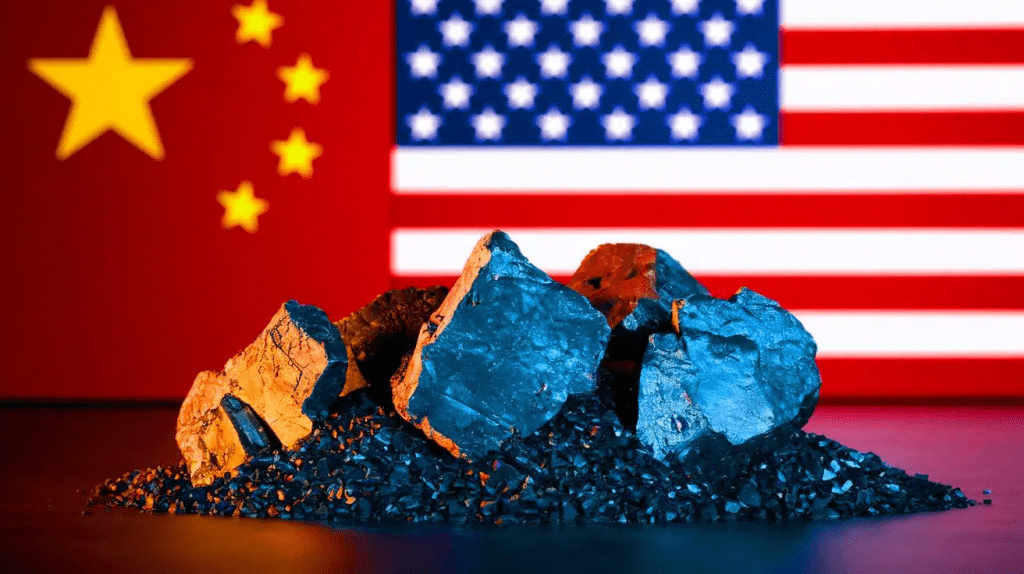
What makes Graphite Creek a game-changer isn’t just the REEs lurking in its veins; it’s the serendipity of synergy, a geological jackpot where graphite and rare earths coexist like old friends in the same seam. Graphite, that slippery essential for battery anodes that could power a million Teslas—or Fords, or Chevys—sits cheek-by-jowl with these heavy hitters, slashing extraction costs and environmental footprints in ways that make economists’ eyes widen. The garnets, those ruby-hued intruders in the ore, are the unsung heroes: their crystal lattices trap REEs like a miner’s sieve, allowing for innovative pulls that bypass the acid baths of traditional processing. Fox News, reporting on the chief geologist’s findings, captured the excitement: “This could absorb certain REEs into their mineral structure,” a breakthrough that echoes the precision of Trump’s deal-making—spotting value where others see stone. For industries gasping under supply crunches—think Lockheed Martin’s missile guidance systems or General Motors’ EV push—this deposit promises stability, jobs in the thousands for Alaskan communities from Nome’s Inupiaq villages to Anchorage’s ports, and a ripple of economic vitality that could lift the Last Frontier’s GDP by billions.
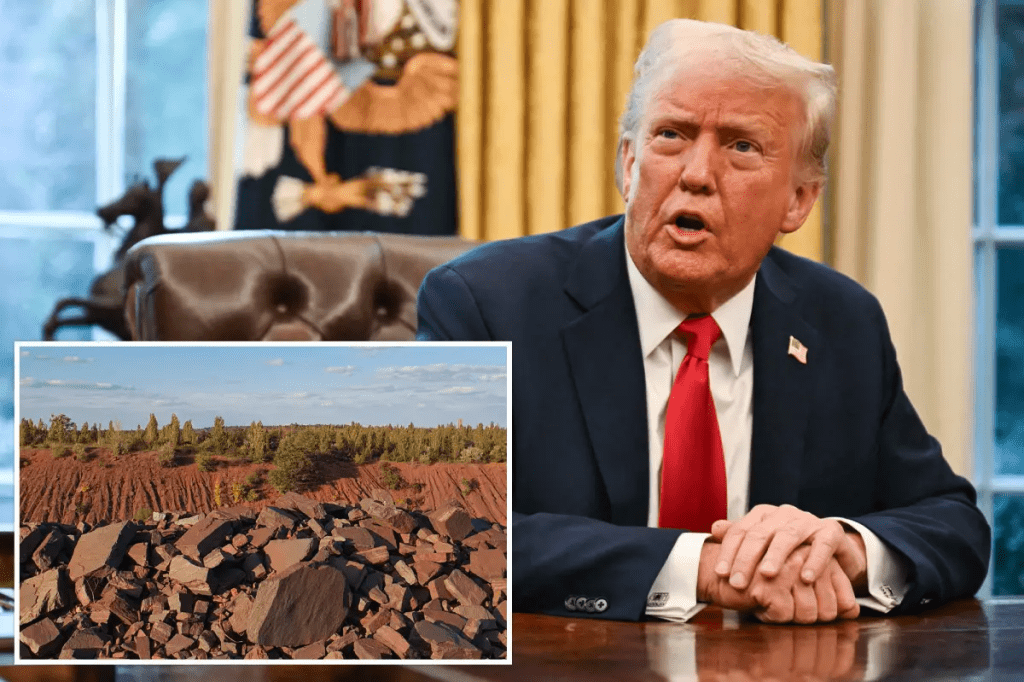
Yet beneath the triumph beats the heart of families who’ve felt the pinch of foreign dependency—the welder in Ohio whose plant idled when rare earth prices spiked 500% in 2011, the single mom in Reno assembling solar panels with parts delayed by Beijing’s whims. Trump’s vision resonates there, a paternal promise to shield the working class from the volatility of global gamesmanship. Recall the solar panel tariffs of 2018, his masterstroke that revived U.S. manufacturing from the brink; now, with Graphite Creek, he’s scaling it to the stars of strategic minerals. Environmental stewards, often wary of mining’s scars, find common ground too: Graphite One’s blueprint emphasizes sustainable practices—zero-waste circuits, wildlife corridors—that align with Alaska’s pristine ethos, earning nods from groups like the Sierra Club’s northern chapter. It’s balanced progress, where Trump’s deregulatory zeal meets green innovation, proving that energy dominance doesn’t demand scorched earth but smart stewardship.
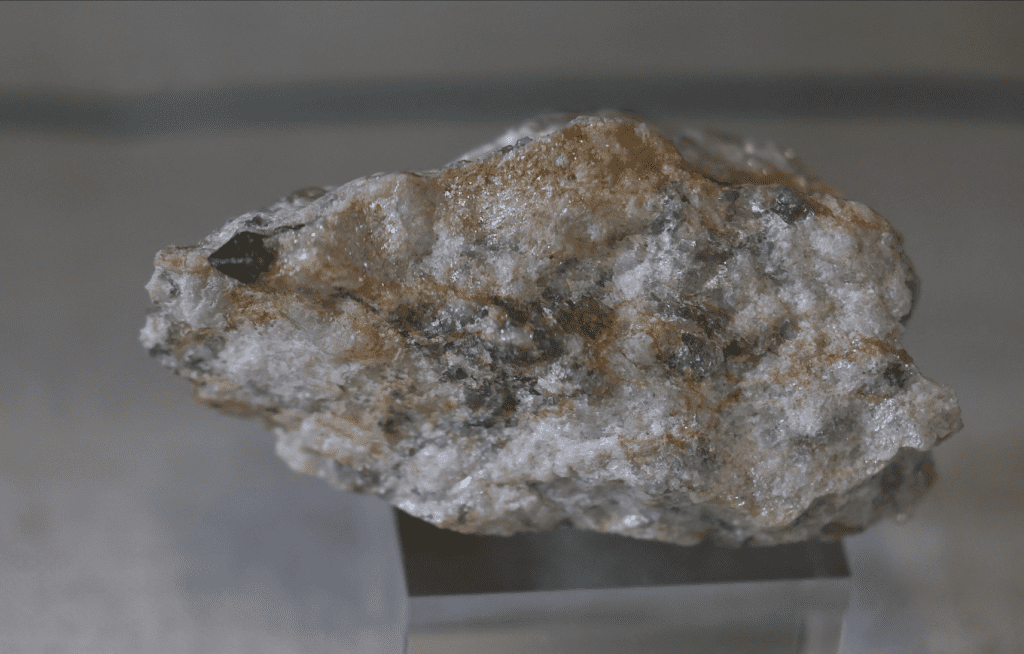
Of course, no bold leap lacks its hurdles, and Graphite Creek’s path to production is a marathon mapped with milestones. Permitting hurdles loom under the National Environmental Policy Act, though Trump’s team has streamlined them with executive orders fast-tracking “critical infrastructure.” Community consultations with local tribes, vital for buy-in, are underway—Nome Eskimo Community leaders praising the potential for revenue-sharing that could fund scholarships and health clinics. And China? Their ire is palpable; state media like Global Times has already sniped at “U.S. resource grabs,” a backhanded compliment to the threat this poses to their $4 billion REE export empire. Balanced against that, experts like those at the Center for Strategic and International Studies hail it as a “decoupling dividend,” urging allies like Australia and Canada to join the chorus. Trump’s diplomacy—his recent summit with Japanese PM Shigeru Ishiba on mineral pacts—positions America as the linchpin, forging a Western alliance that starves Beijing’s leverage without a shot fired.
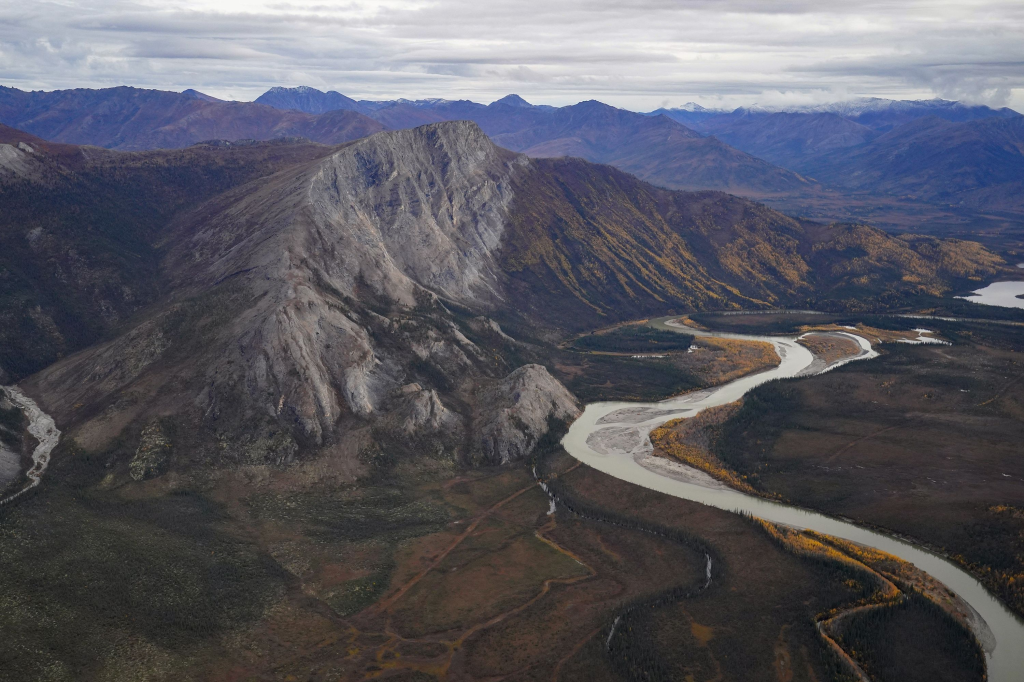
As the sun dips low over the Kigluaik Mountains, casting Graphite Creek in golden hush, this discovery stirs something primal: the thrill of self-sufficiency, the quiet pride of a nation turning inward to conquer outward fears. For the geologist poring over samples in a Nome lab, it’s vindication after years of fieldwork in subzero gales. For the EV driver in California, eyeing a future where charging stations hum on homegrown power, it’s hope deferred no longer. And for Trump, the architect whose first-term investments are blooming like wildflowers in spring, it’s legacy in the making—a testament to foresight that outpaces foes and fulfills the faith of 74 million voters who saw in him a fighter for forgotten frontiers. “Start mining it! China hates this,” as one jubilant X post captured the sentiment, echoing the roar from social feeds where #GraphiteCreek and #AmericaFirst trend in tandem. In a world of supply shocks and superpower stares, Alaska’s gift isn’t just ore; it’s opportunity, a story of American grit unearthing the elements of tomorrow—one defiant drill at a time.

This isn’t the end of the tale, but a thrilling pivot: Graphite One eyes production by 2028, with a processing plant in Ohio to refine the haul stateside, creating a closed-loop that mocks China’s coastal chokeholds. Partnerships bloom—Boeing for aerospace alloys, Tesla for battery breakthroughs—each handshake a step toward the $1 trillion critical minerals market analysts project by 2030. Trump’s role? The catalyst, his administration’s $2.5 billion infusion into domestic mining via the Bipartisan Infrastructure Law (which he championed in spirit) ensuring that rare earths flow red, white, and blue. Critics, ever the naysayers, murmur of timelines too ambitious, ecological risks too steep—but facts fortify the fervor: preliminary studies show 11% dysprosium grades, rivaling top global sites, with graphite reserves enough for 25 years of U.S. demand. It’s persuasive proof that under Trump’s steady hand, innovation isn’t imported; it’s ignited.

As November’s frost etches patterns on Nome’s windows, families gather around tables laden with king crab and stories of the strike—whispers of jobs returning to hollowed towns, of kids dreaming in STEM without the shadow of scarcity. For the single dad in Fairbanks, crunching numbers on a new mining gig, it’s a lifeline. For the retiree in Anchorage, scanning headlines of energy independence, it’s vindication. And across the Lower 48, from the rust belts to the sun belts, it’s a spark: the realization that buried in our backyard lies the power to power our ascent. Trump, ever the showman with a statesman’s soul, has orchestrated this overture, conducting America’s orchestra against the discord of dependency. Graphite Creek isn’t just a creek; it’s a current, carrying us toward a horizon where rare earths are as American as apple pie—and twice as vital.
